Refund Guaranteed
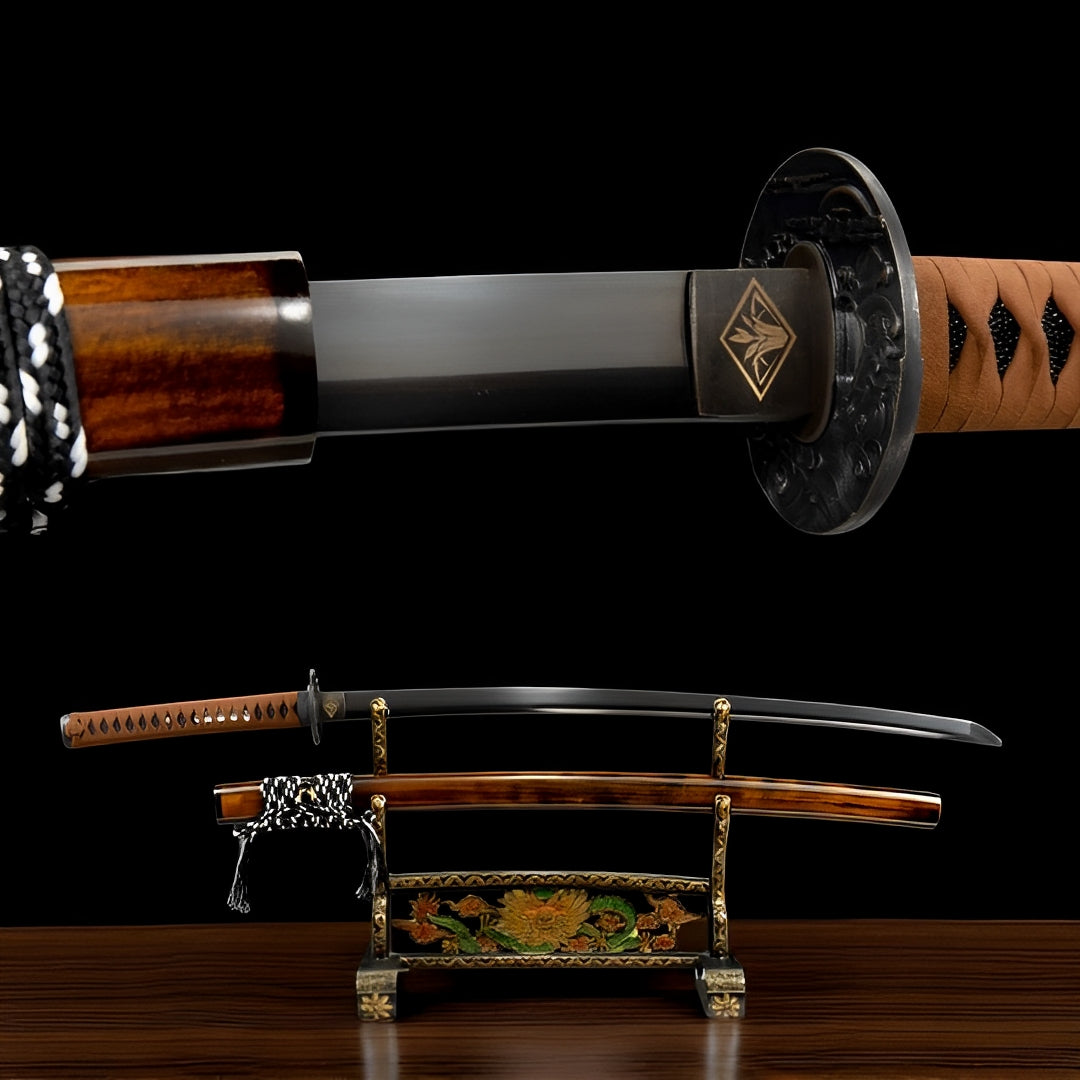
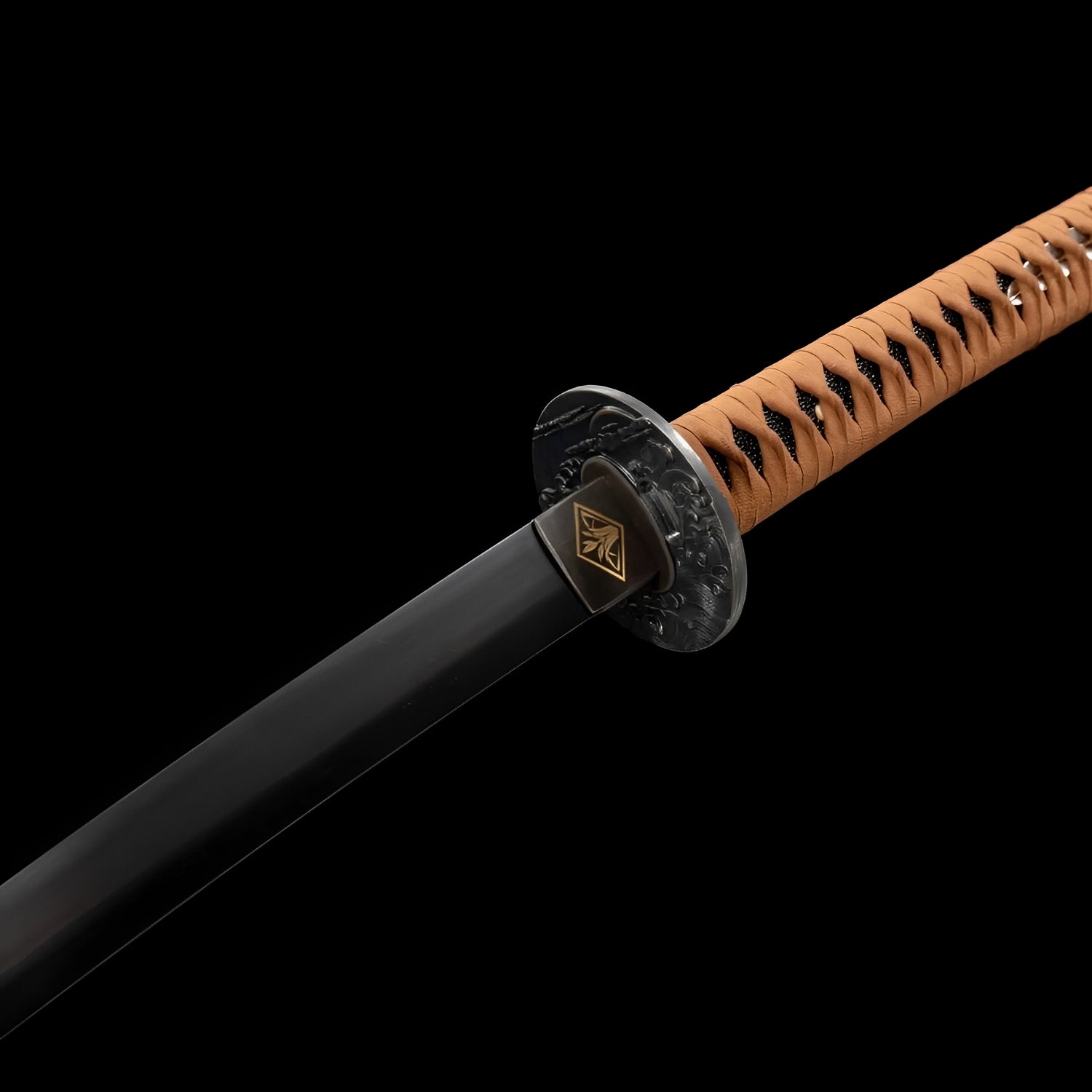
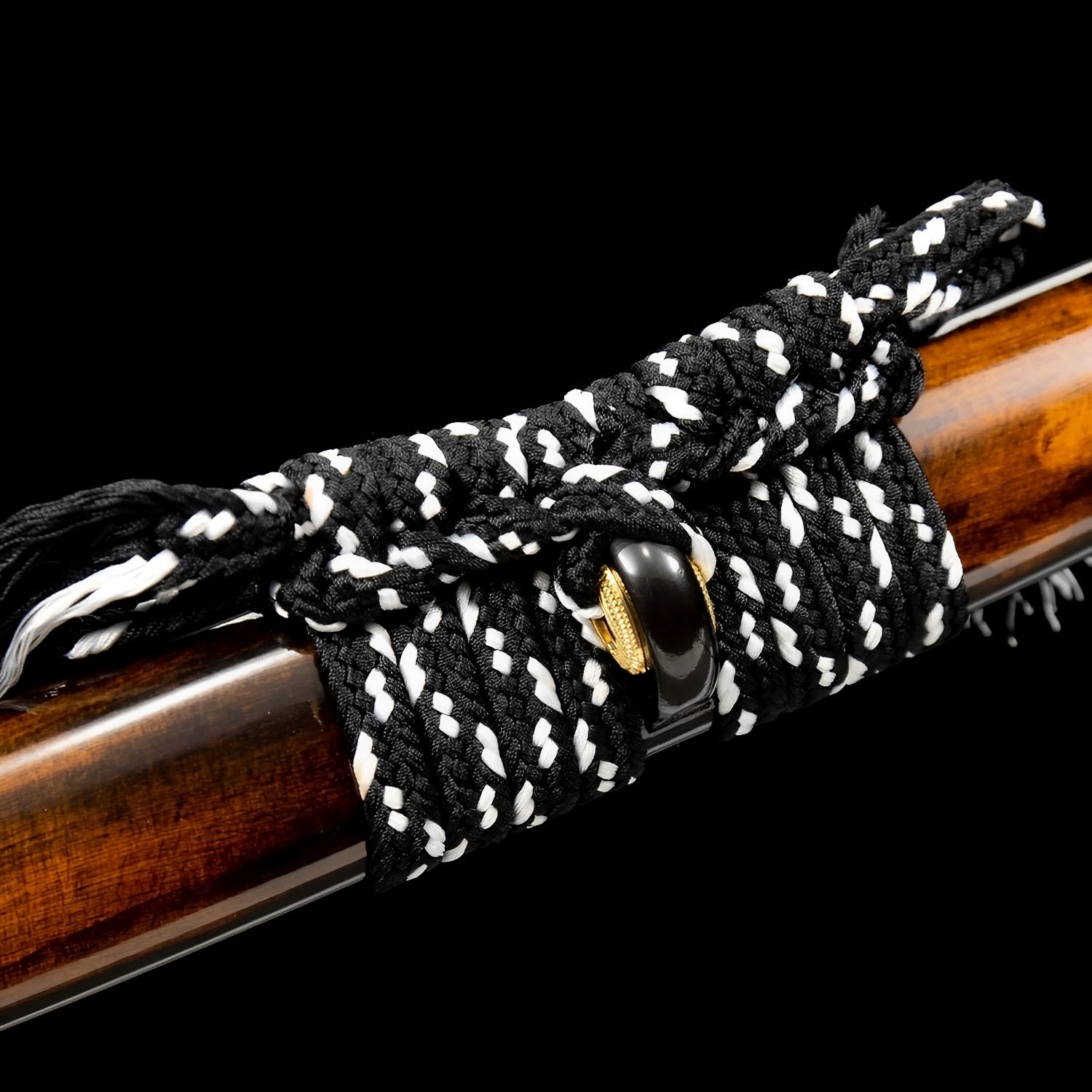
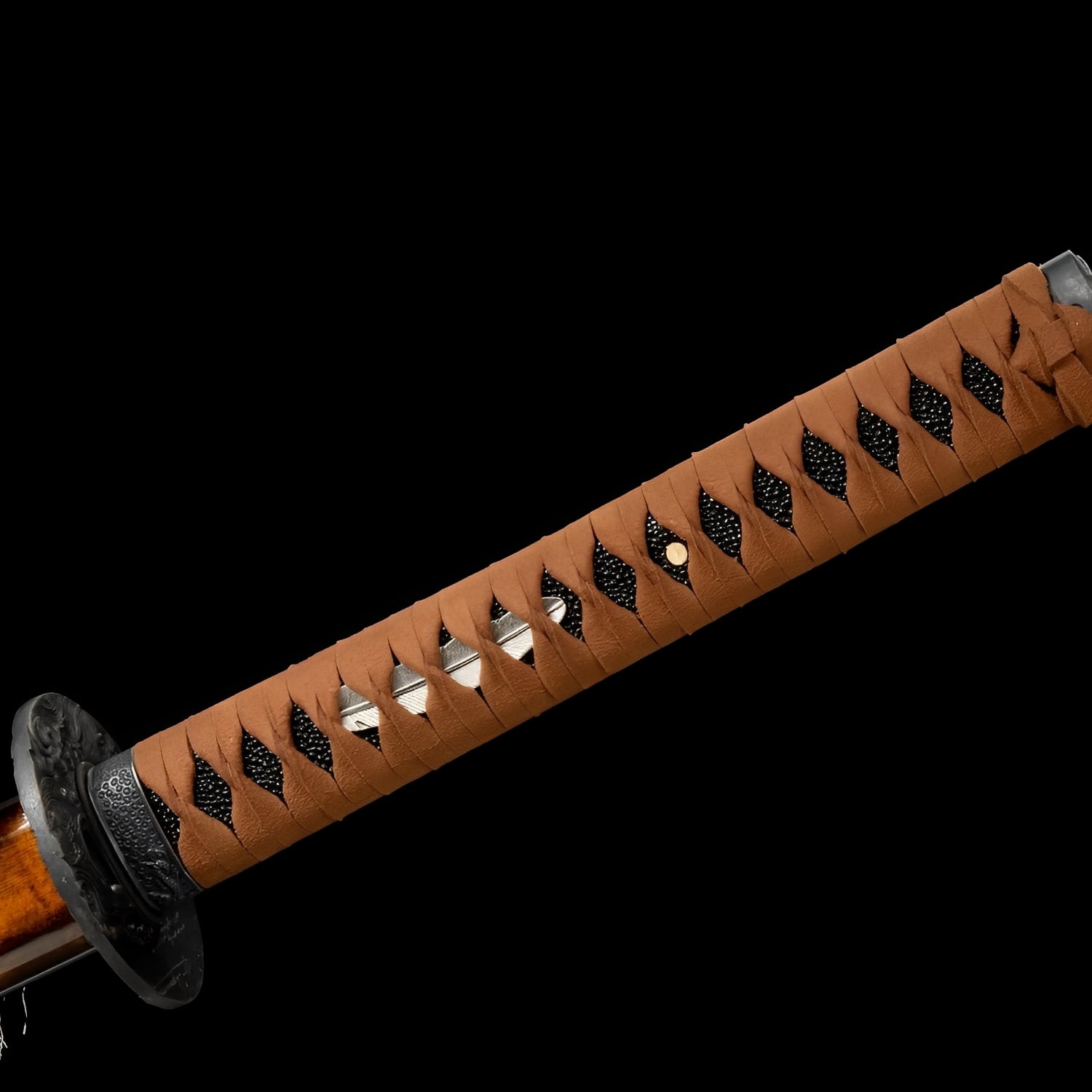
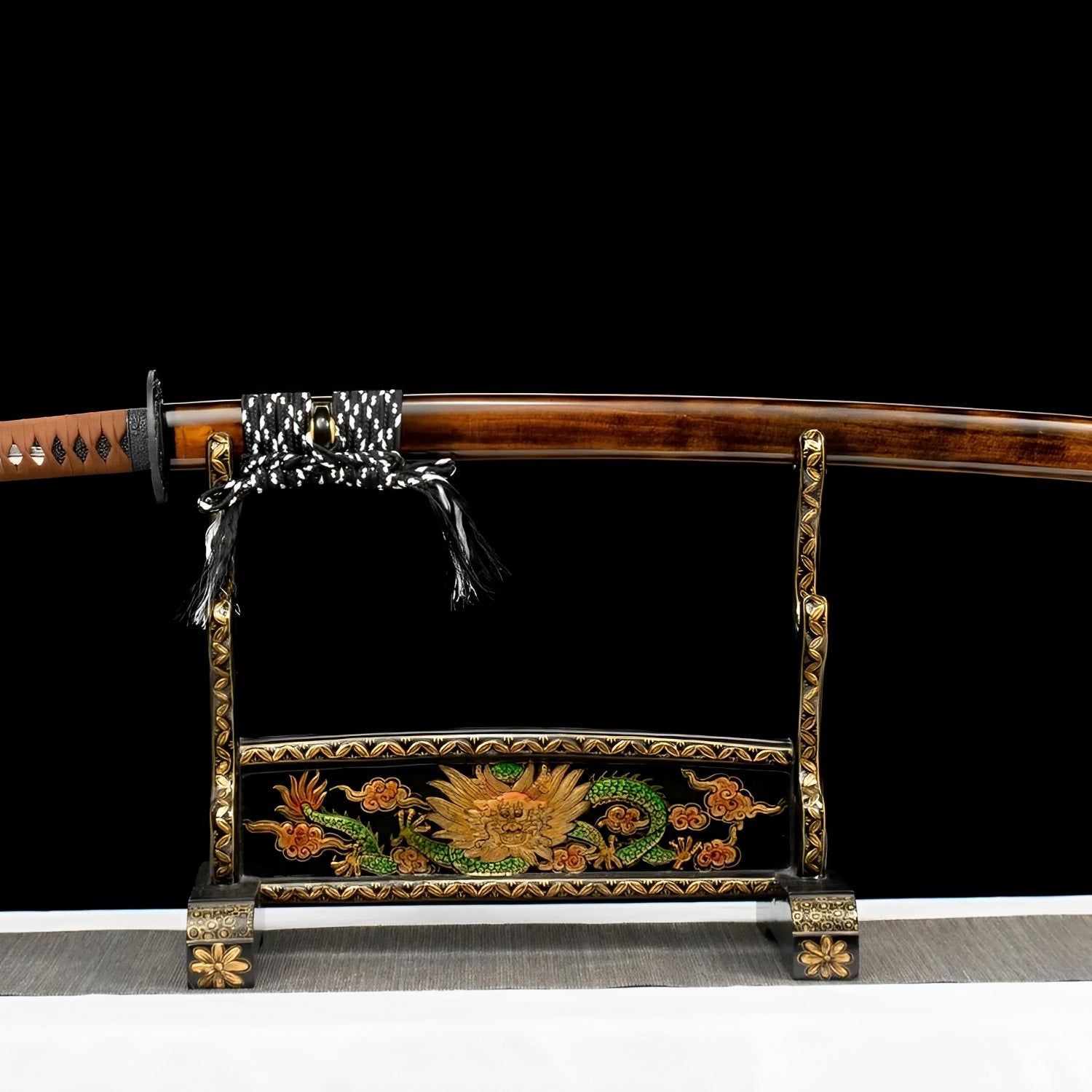
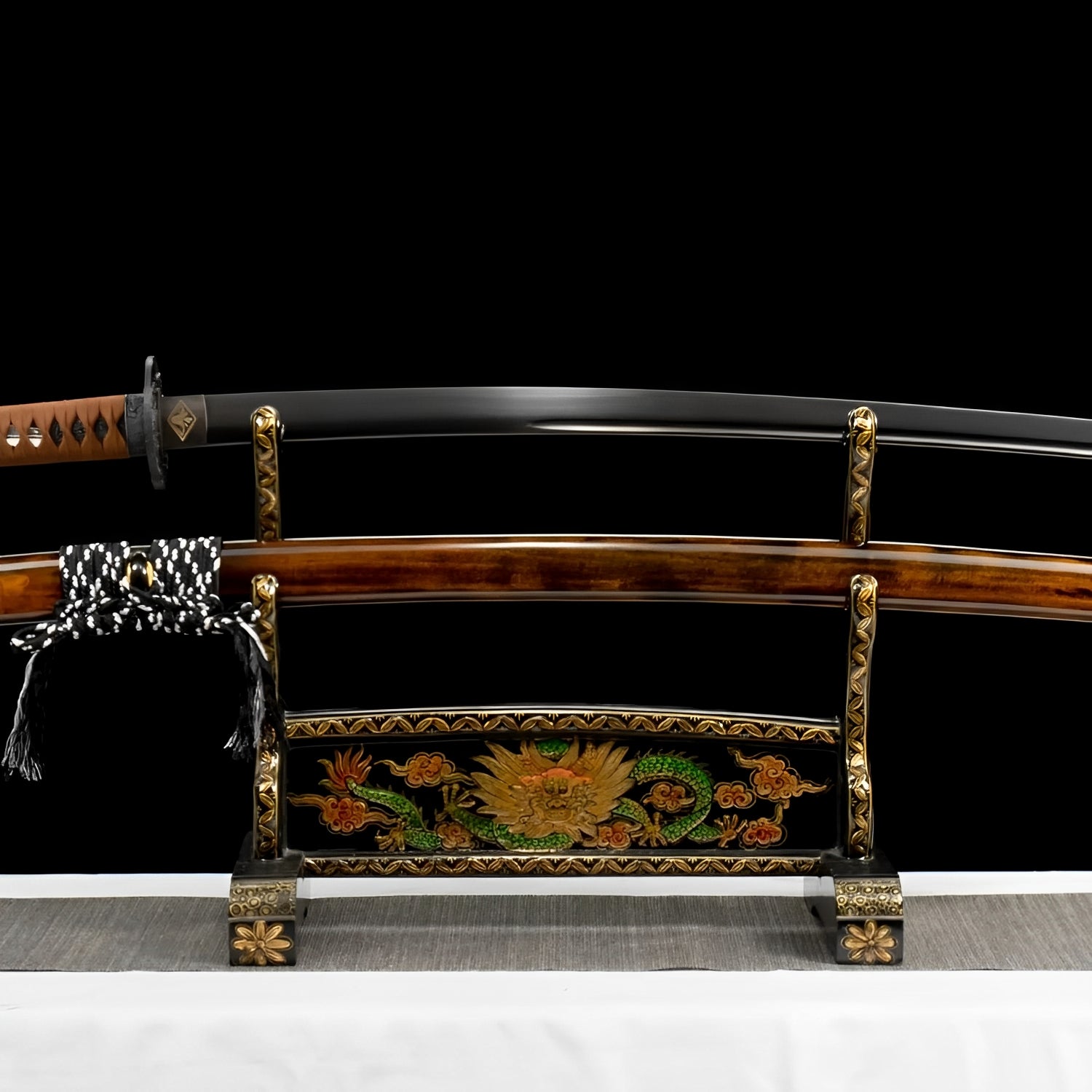
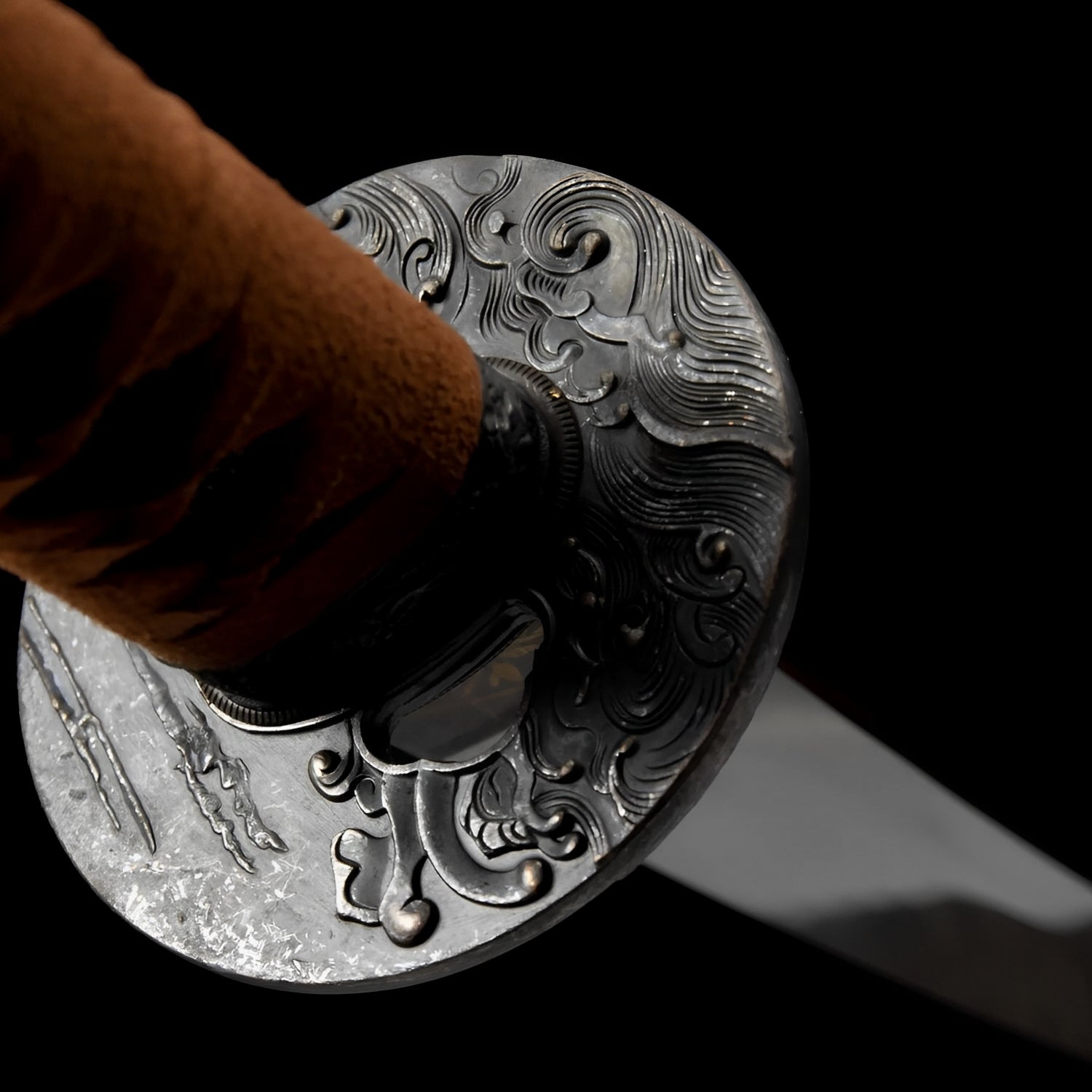
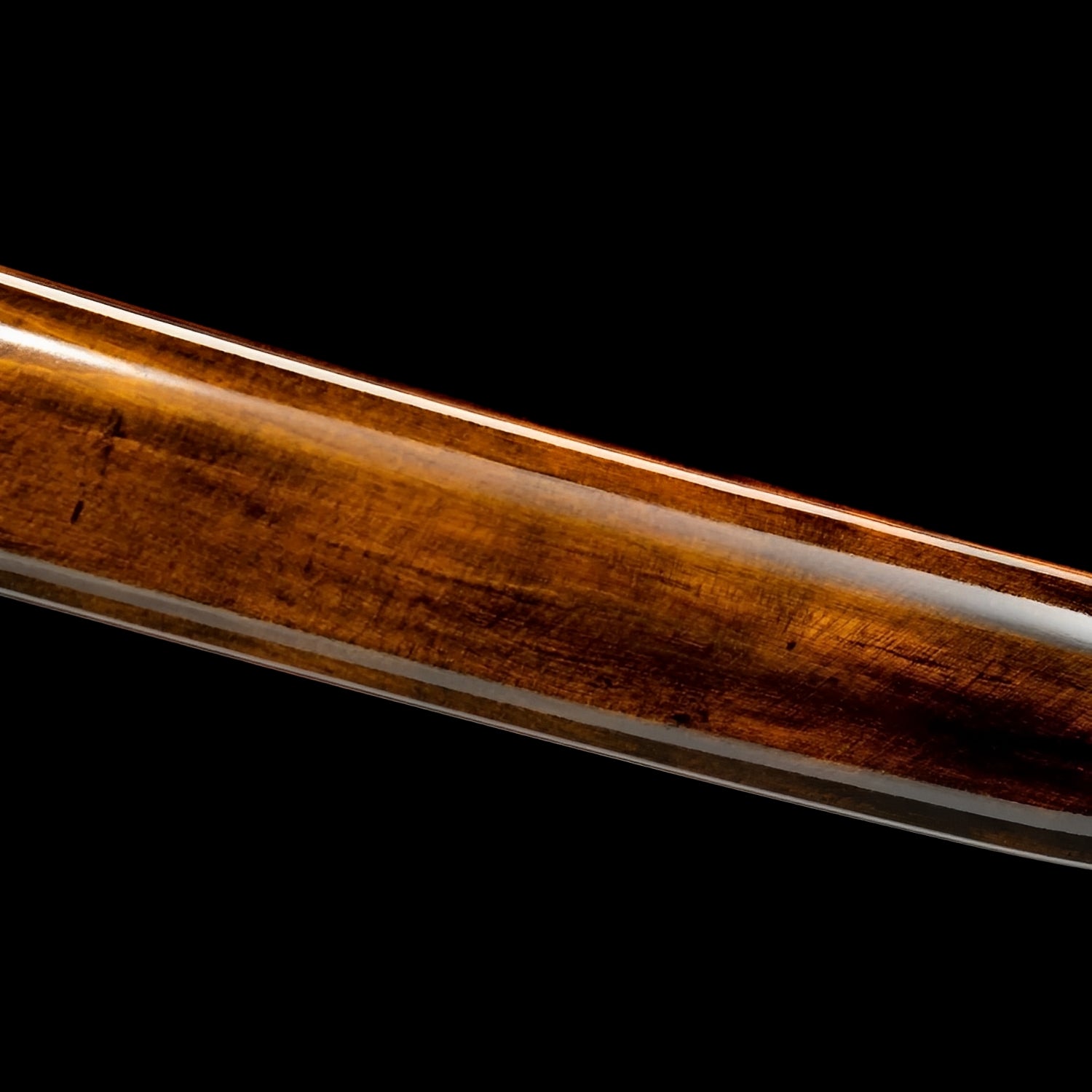
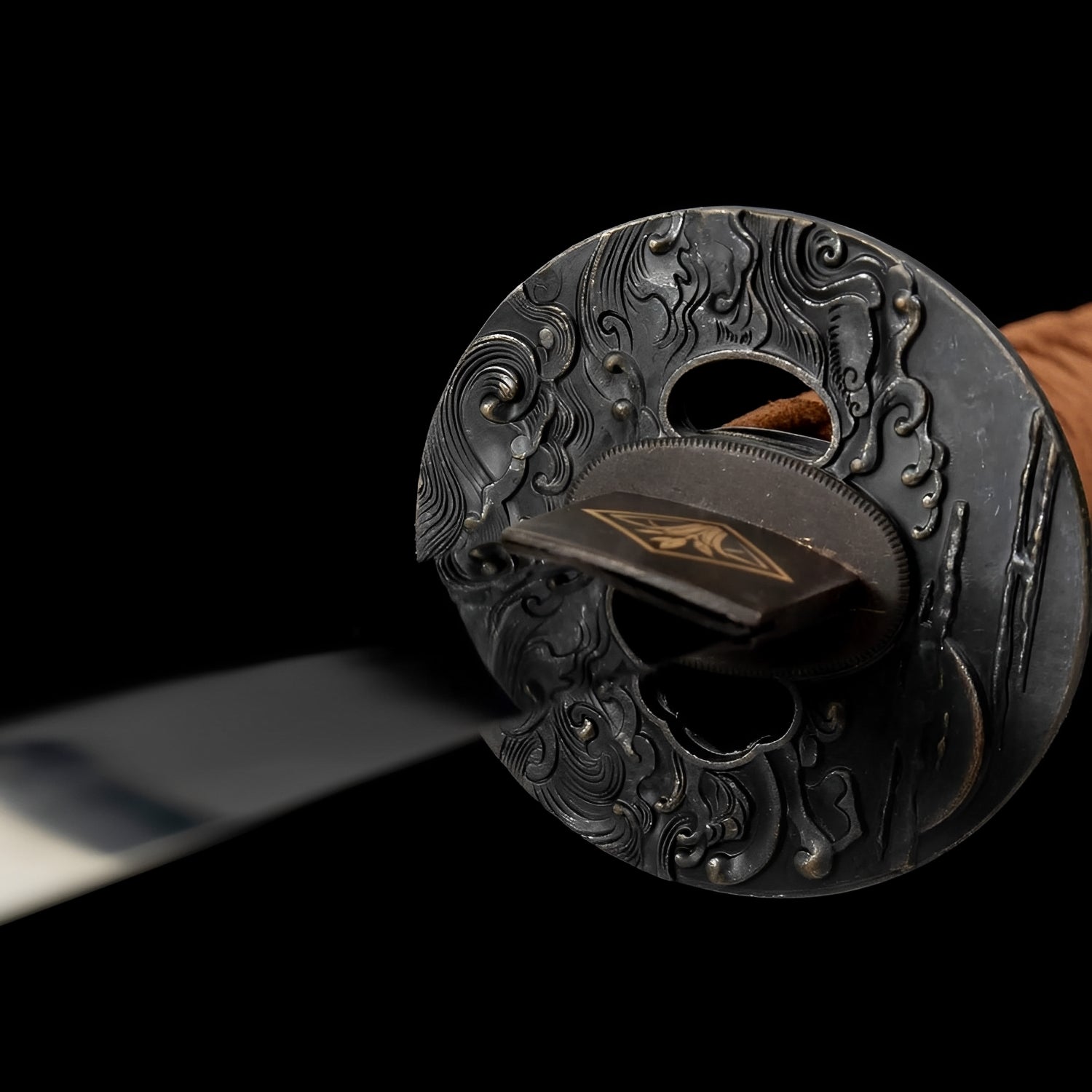
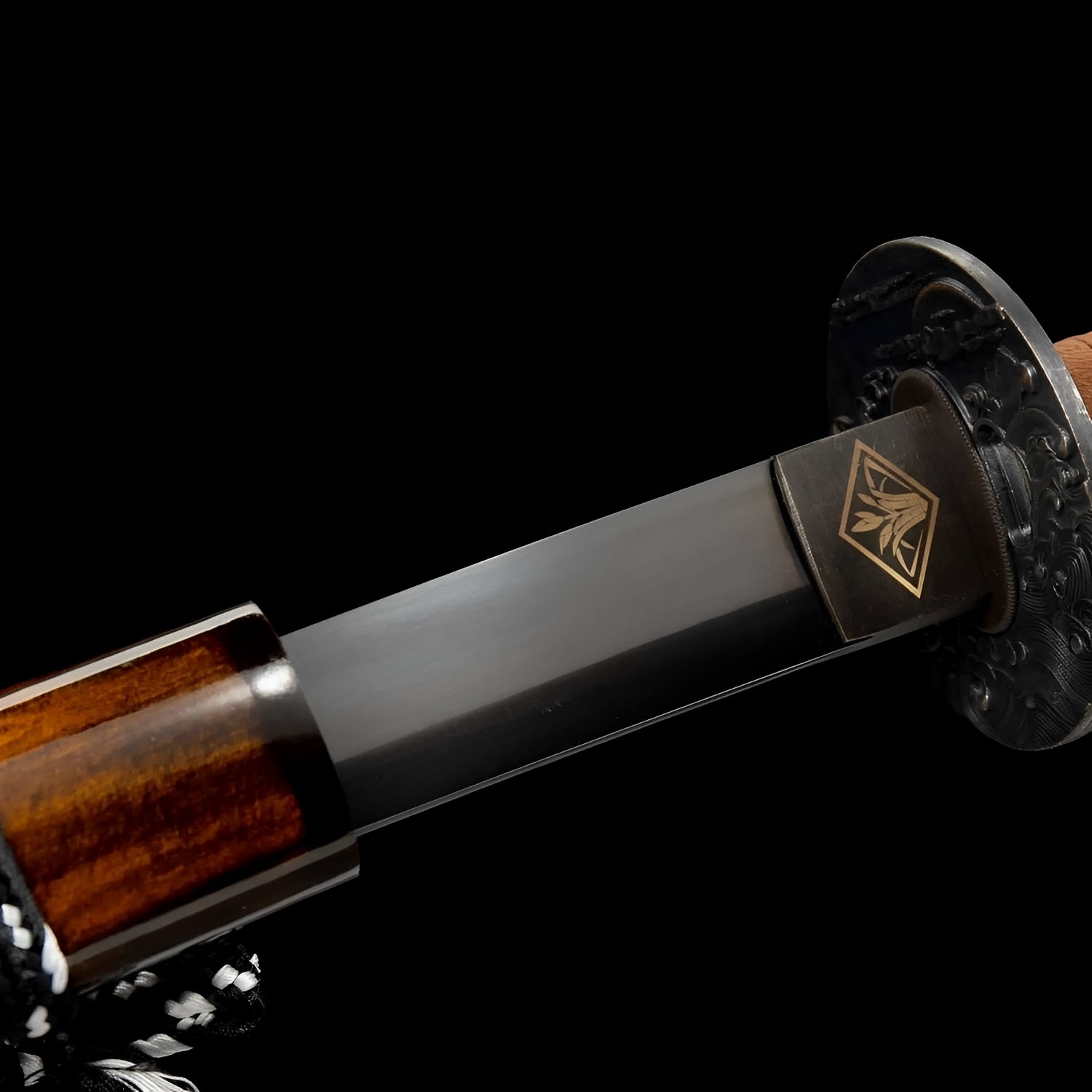
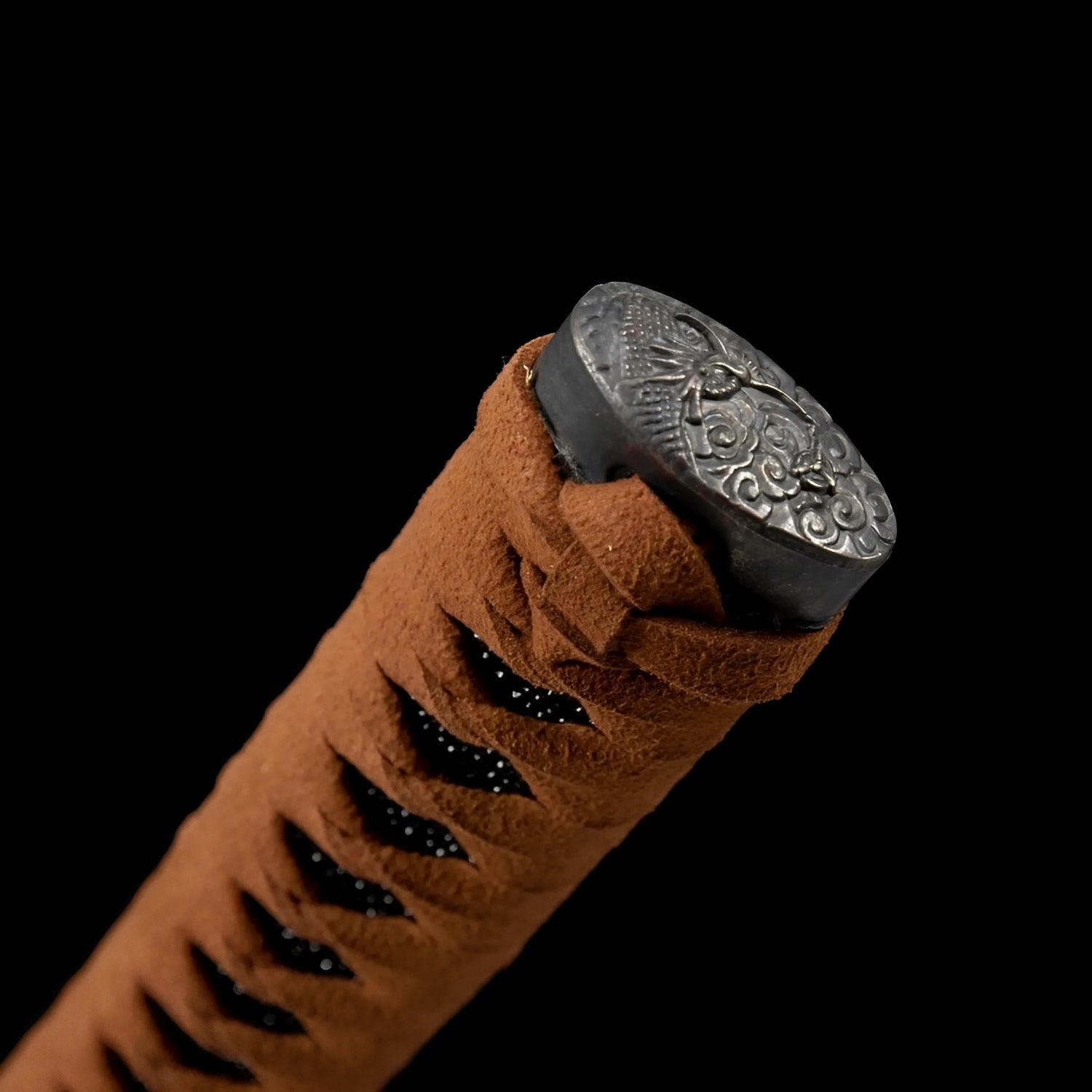
Why choose us
Ships within 48/72h
Forged Blade
Collector Quality
Trusted Globally
Inspired by Japan
Yamitsuki Katana - 闇月
Included with your order



Note: Engraving placement and orientation may vary by blade model (hamon, geometry, and flat area).
Free Shipping over $250
No Bots, No AI
Refund Guaranteed
Free Shipping over $250
No Bots, No AI
Our team is here to help with any questions or concerns.
We’re always happy to assist you — don’t hesitate to reach out.
Why choose us
Ships within 48/72h
Forged Blade
Collector Quality
Trusted Globally
Inspired by Japan

Yamitsuki Katana - 闇月
Specifications
- Handcrafted
- SHARP
- Full silk in handle
- Blade: Steel with high manganese content
- Black blade
- Copper tsuba
- Saya in lacquered wood, vintage style
- Tsuka in solid wood
- Synthetic ray skin on Tsuka
- Thick black and white cotton Sageo
- ITO in light brown cotton
- Overall size: 105cm
- Blade size: 72cm
- Blade width: 3.2cm
- Blade thickness: 0.7cm
- Handle size: 30cm
Yamitsuki Katana - Addictive Beauty Natural Obsession
Succumb to irresistible allure with Yamitsuki Katana, blade proving some beauty hooks soul permanently. This seductive obsession sword refuses pretending collecting stays rational hobby - lustrous honey-amber wood grain flowing hypnotically across saya demanding repeated viewing, warm caramel handle wrapping creating tactile obsession, each glance reinforcing neural pathways transforming casual appreciation into compulsive need. Not weapon you appreciate then move past but magnetic presence generating endless fascination, asking whether you control your collection or collection controls you through objects possessing mysterious quality making "one more piece" perpetually insufficient.
Yamitsuki Addiction Psychology
Yamitsuki (病み付き) literally translates "illness-attached" or more colloquially "addictively hooked" - that psychological state where casual interest transforms into obsessive preoccupation, where moderation becomes impossible, where rational restraint surrenders to compulsive acquisition. This addiction blade embodies precisely that dangerous beauty: the object so perfectly executed that viewing once creates craving for repeated exposure, owning one breeds need for variations, satisfaction proves eternally elusive.
Collectors recognize this phenomenon across hobbies: sneakerheads acquiring hundreds of pairs they'll never wear, watch enthusiasts owning dozens of timepieces serving identical function, bibliophiles hoarding books never reading them. The acquisition itself becomes reward, the hunt more satisfying than possession, the "one more" promise perpetually dangling just beyond current collection's completion. The compulsion embodiment sword doesn't hide that psychology but celebrates it - yes, you're addicted; yes, you'll want another; yes, resistance proves futile once beauty this refined enters consciousness.
Traditional Japanese aesthetics actually understood addictive quality certain objects possess - meibutsu (名物 - famous objects) tea bowls commanding fortunes not through objective quality alone but through mysterious presence generating obsessive desire among collectors. Warriors bankrupted families acquiring legendary swords. Tea masters destroyed themselves pursuing perfect utensils. That dangerous beauty where appreciation crosses into obsession created entire economic systems around objects whose practical value couldn't justify prices paid.
Modern neuroscience explains addiction's mechanisms: dopamine releases during anticipation exceed pleasure from acquisition, creating cycle where seeking new objects provides stronger reward than possessing existing ones. Social media amplifies through constant exposure to others' collections, FOMO (fear of missing out) driving purchases logic couldn't justify. The neurochemical trigger blade doesn't cause addiction but activates existing susceptibilities, proving certain aesthetic qualities exploit human psychology's vulnerabilities.
Serious collectors acknowledge this dynamic rather than denying it. Understanding collecting's addictive potential enables managing it - setting budgets, recognizing emotional versus rational decisions, appreciating possessions rather than eternally seeking new ones. The Yamitsuki serves as reminder: this beauty proves dangerous precisely because it works too well triggering acquisition circuits.
Premium Wood Grain Seduction
The honey-amber saya showcases wood grain achieving rare beauty - growth rings flowing across surface telling tree's life story, color variations creating natural artwork impossible replicating artificially, the organic patterns proving synthetic materials' sterility. This premium organic blade demonstrates nature producing beauty requiring no enhancement beyond revealing inherent character through proper finishing.
The specific wood choice matters enormously. Cheap woods show minimal grain, uniform color, unremarkable appearance. Premium woods - rosewood variations, exotic hardwoods, carefully selected timber - display dramatic grain patterns, color depth, natural luster justifying significant price premiums. The amber-honey tones specifically suggest golden hour sunlight captured in solid form, warmth made tangible, organic beauty achieving jewelry-grade refinement.
Traditional Japanese carpentry elevated wood selection into profound art - understanding each tree's character, recognizing which timber suited specific purposes, appreciating how grain direction affected strength and appearance. Master carpenters could identify wood species, origin regions, even specific forests through grain pattern examination. That sophisticated appreciation transforms "just wood" into complex material carrying botanical history, geographic identity, craftsman's discerning eye.
The grain pattern's flow specifically creates hypnotic effect - eyes following curves across surface, attention captured by variations preventing visual boredom, each viewing revealing details previously missed. That inexhaustible visual interest generates repeated examination driving the "yamitsuki" addictive quality - you can't stop looking, each glance reveals new aspects, familiarity breeds deeper appreciation rather than contemptuous boredom.
Modern photography cannot fully capture wood's beauty - the way light angle changes apparent color, how grain depth creates dimensional effects, subtle variations distinguishing premium from adequate. That photographic inadequacy means collectors must handle physically, must see in person, must experience directly - creating barrier filtering casual browsers while intensifying desire among those who've witnessed actual piece triggering full addiction response.
Warm Earth Luxury
The complete warm palette - honey saya, caramel handle, golden brass accents - creates cohesive aesthetic suggesting autumn harvest, desert sand dunes at sunset, aged whiskey in crystal glass. This warm luxury blade speaks to collectors favoring organic comfort over clinical precision, preferring materials suggesting natural origin rather than industrial manufacture.
Traditional luxury emphasized rarity and expense - purple dyes requiring thousands of snails, gold indicating mining difficulty, silk demanding delicate moth cultivation. Modern luxury increasingly values sustainability and craftsmanship - responsibly sourced exotic woods, artisan handiwork, materials aging beautifully rather than degrading. The warm wood aesthetic participates in that luxury evolution, proving premium positioning needn't require ecologically destructive materials or sweatshop production.
The tan handle wrapping specifically creates tactile obsession - leather or high-quality synthetic offering grip texture inviting handling, warmth contrasting against cool metal components, the material developing patina through use rather than appearing worn. That interactive quality transforms sword from visual artwork into haptic sculpture rewarding physical engagement beyond mere observation.
Interior designers increasingly specify warm wood tones creating spaces feeling welcoming rather than sterile - Scandinavian hygge philosophy, Japanese mingei folk craft movement, biophilic design incorporating natural materials improving psychological wellbeing. The wellness blade warm aesthetic works across contexts from traditional rooms to contemporary spaces seeking organic counter-balance against technological saturation.
Black Contrast Drama
The charcoal-gray blade and black tsuba provide necessary contrast preventing warm tones from becoming overwhelming, the darkness grounding organic elements in physical reality, creating sophisticated palette balance demonstrating design intelligence. This balanced addiction blade proves that compulsive appeal needn't sacrifice compositional sophistication - the addiction comes from excellence, not gimmickry.
The black specifically serves multiple functions: visually anchoring warm elements, suggesting danger balancing beauty's seduction, providing psychological weight preventing piece appearing too soft or decorative. Traditional swords required that balance - beauty attracting but danger commanding respect, elegance serving but function dominating.
The tsuba's ornate carving creates focal point drawing attention then releasing it back toward wood grain and blade, the circular composition ensuring viewers' eyes completing circuit repeatedly rather than fixating single element then moving on. That compositional flow contributes to addictive viewing quality - you can't consume this sword in single glance; it demands sustained engagement revealing complexity gradually.
Collector's Dangerous Paradise
This gateway obsession piece serves dual roles: introducing casual buyers to collecting's pleasures while demonstrating to experienced collectors how dangerous their hobby becomes when beauty achieves this level. That psychological honesty matters - pretending collecting stays rationally controlled insults collectors' intelligence and denies assistance managing inevitable addictive tendencies.
The natural materials specifically trigger deeper addiction than character replicas because yamitsuki operates independently from fandom's fluctuations - you don't outgrow appreciating beautiful wood grain like you might outgrow specific anime obsessions. That permanence creates longer-lasting desire, ensuring purchased piece continues satisfying (and tempting toward additional purchases) across decades rather than months.
Investment considerations acknowledge that addiction-inducing pieces maintain value precisely because future collectors experience identical compulsive desire. Objects provoking "I must have this" reactions transcend rational valuation - collectors pay what necessary, budgets expand accommodating must-have acquisitions, logical restraint vanishes before overwhelming want. That irrational desire creates stable markets where prices reflect psychology more than objective metrics.
The philosophical collector piece ultimately asks uncomfortable question: is collecting about acquiring beautiful things or feeding addiction to acquisition itself? Does owning this blade provide satisfaction or merely intensify craving for next piece? Those questions lack comfortable answers but deserve asking before addiction progresses beyond self-awareness and management.
Care Instructions: Maintain this natural masterwork understanding that addiction extends beyond acquisition into maintenance compulsion - you'll check it daily, adjust display positioning obsessively, photograph repeatedly despite owning dozens of identical shots. The wood grain demands occasional oiling preventing drying; that maintenance becomes ritual reinforcing possession pleasure. Polish brass fittings developing obsession with their golden warmth. Handle the warm wrap repeatedly because tactile engagement triggers dopamine releases beyond mere visual appreciation. Display prominently where daily viewing feeds the yamitsuki, where guests asking about it enable discussing beauty that hooked you, where object's presence provides constant reminder that some addictions - appreciation of exquisite craftsmanship, obsessive attention to quality, compulsive pursuit of beauty - deserve celebrating rather than overcoming.
Hooked. Addicted. Obsessed. Some beauty wounds soul beautifully, infection spreading through collection permanently.
Legal Disclaimer
By purchasing from Katana Corp, you acknowledge and agree that:
- You are at least 18 years of age (or the age of majority in your jurisdiction).
- You are solely responsible for verifying and complying with all local laws and import regulations before placing an order.
- Some countries prohibit the importation of swords entirely. Katana Corp is not responsible for orders delayed, seized, or refused by customs authorities.
- All katanas and related products are sold strictly as decorative and display items. They are not intended or certified for combat use.
- Depending on the jurisdiction, swords may legally be considered bladed weapons, subject to specific restrictions or prohibitions.
- Katana Corp disclaims all liability for any injury, damage, or legal consequences resulting from misuse, abuse, or unlawful use of its products.
For full details, please refer to our Terms of Service.
Care & Maintenance
To maintain your katana's appearance and performance over time, we recommend:
- Regularly wiping the blade with a soft cloth to remove fingerprints and moisture.
- Applying a light coat of choji oil to prevent rust (for carbon steel blades).
- Storing the sword in a dry place, preferably inside its saya.
- Avoiding direct contact with hard surfaces to preserve sharpness and finish.
For more care tips, check our full maintenance guide in the FAQ section.
Behind the Blade
Every katana we offer carries the essence of centuries-old craftsmanship.
More than just a weapon, the katana symbolizes discipline, honor, and mastery.
Our artisans draw inspiration from traditional forging methods to ensure each blade reflects the spirit of the samurai — strength, precision, and soul.
Owning one is not just about aesthetics — it’s about carrying a piece of that legacy.
User Experience
This katana is designed to offer a perfect balance between blade and handle.
Its ergonomic tsuka (handle) allows a secure two-handed grip, while the weight distribution ensures smooth, fluid movement.
Whether for training, display or cutting practice, handling feels natural and precise.

The Art of Traditional Forging
Each katana we craft is born from centuries of samurai tradition.
Our master smiths shape every blade by hand, folding the steel to achieve unmatched strength, flexibility, and beauty.
This time-honored process is not just about creating a weapon? it’s about preserving a legacy of discipline, honor, and artistry.
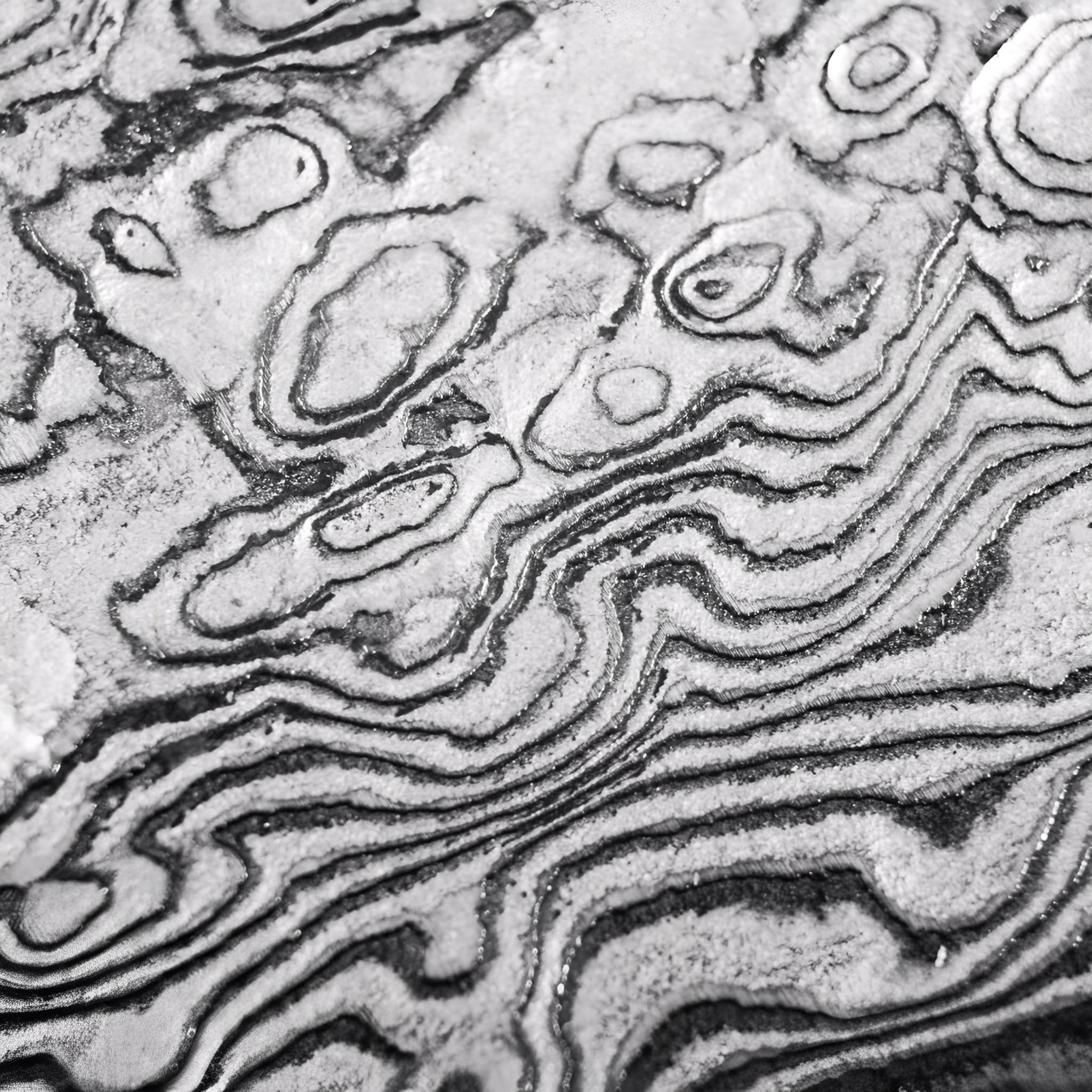
Materials Chosen Without Compromise
We select only the highest-grade steels and authentic fittings to ensure every katana is both a masterpiece and a reliable companion.
From the flawless hamon line to the perfectly balanced tang, each detail is carefully inspected to meet the highest standards of performance and aesthetics.
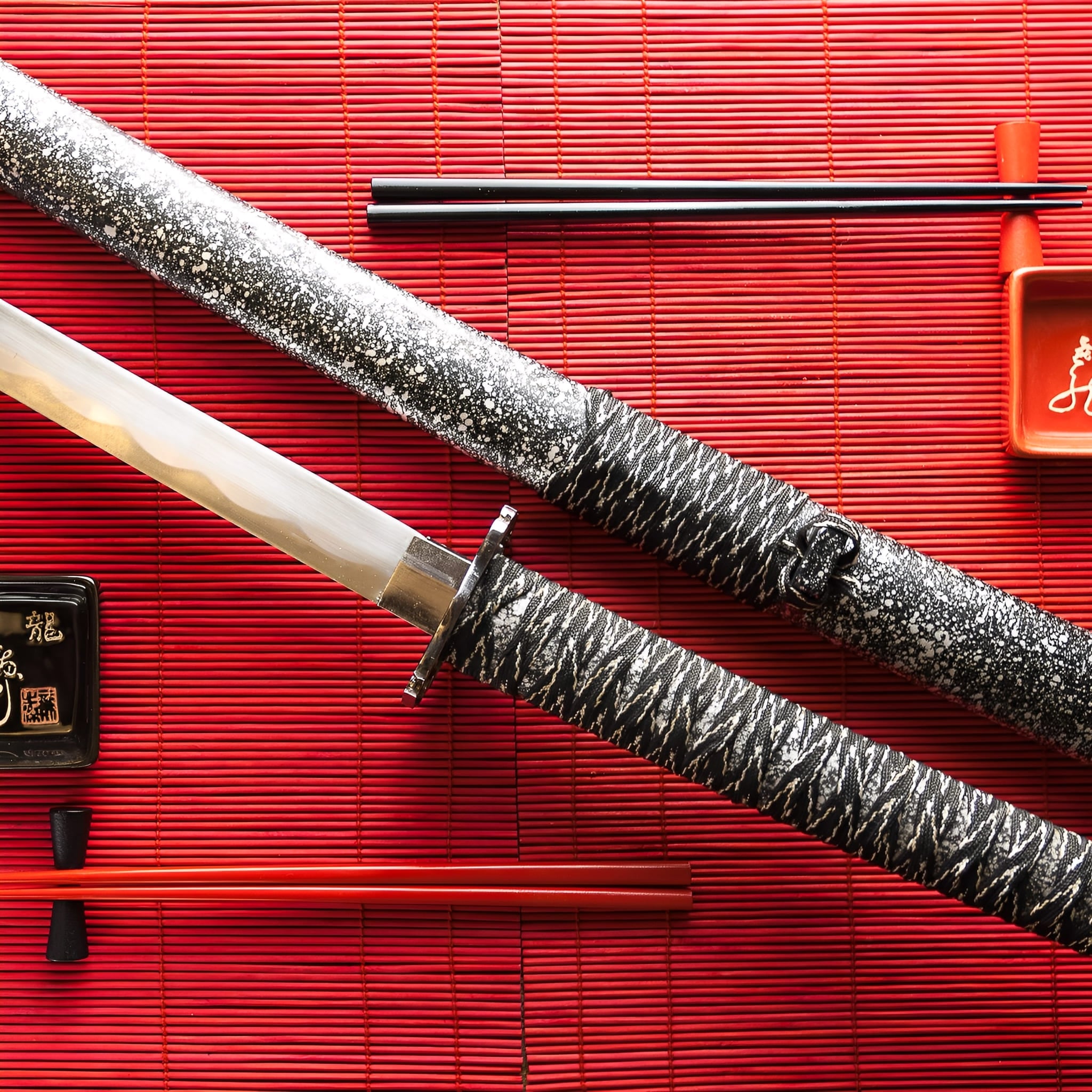
More Than a Sword, A Lifelong Legacy
Owning a handmade katana is an experience that goes beyond the blade itself. It’s holding history, tradition, and craftsmanship in your hands.
Whether displayed as a work of art or wielded with precision, your katana will stand as a symbol of timeless skill and dedication for generations to come.
-
Key Destinations
United States: 5–7 days
Canada: 5–7 days
Australia: 6–9 days
Denmark: 4–6 days
Netherlands: 3–5 days
Sweden: 4–6 days
Switzerland: 3–5 days
Finland: 5–7 days
Singapore: 6–8 days -
Central European Partners
France: 2–3 days
Germany: 3–5 days
Spain: 4–6 days
Italy: 4–6 days
Belgium: 3–5 days
Austria: 4–6 days
Ireland: 4–6 days
Poland: 4–6 days
Portugal: 4–6 days -
Extended EU Network
Czechia: 4–6 days
Hungary: 4–6 days
Slovakia: 4–6 days
Slovenia: 5–7 days
Romania: 5–7 days
Bulgaria: 5–7 days
Croatia: 5–7 days
Serbia: 5–7 days
Estonia: 5–7 days
Latvia: 5–7 days
Lithuania: 5–7 days
Luxembourg: 3–5 days
Greece: 5–8 days -
FAQ’s
Visit our FAQs page to find answers to common questions.